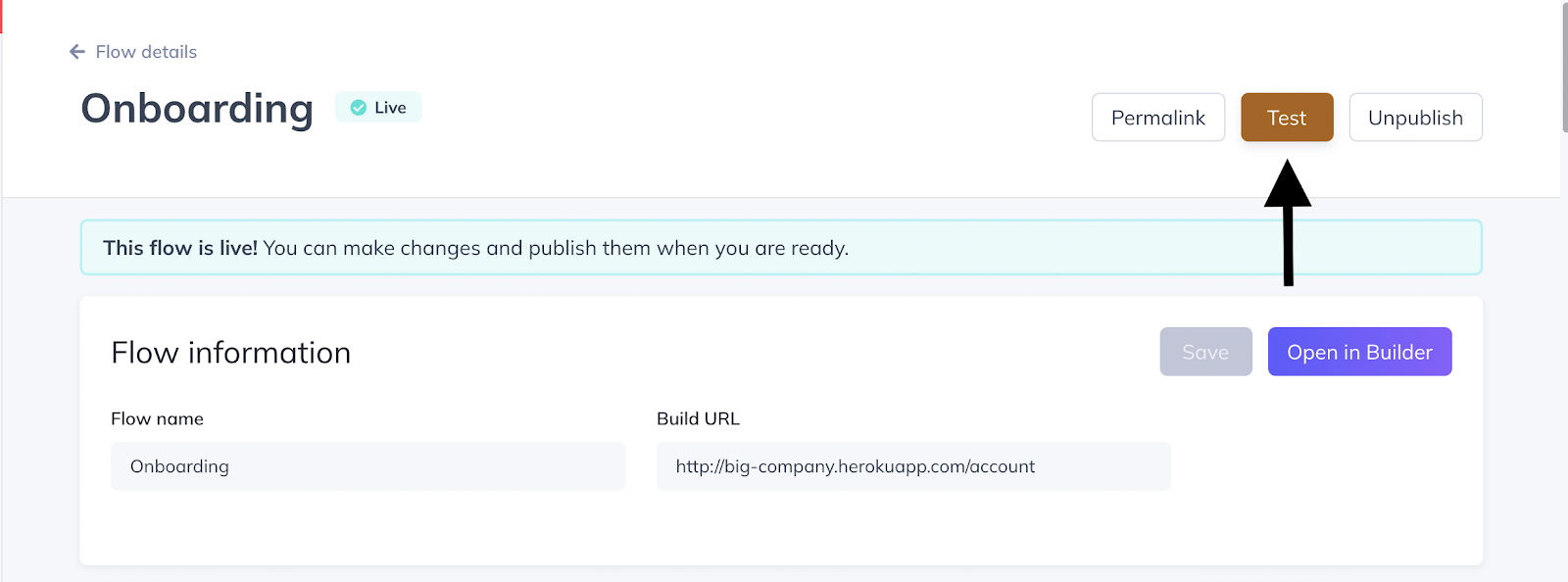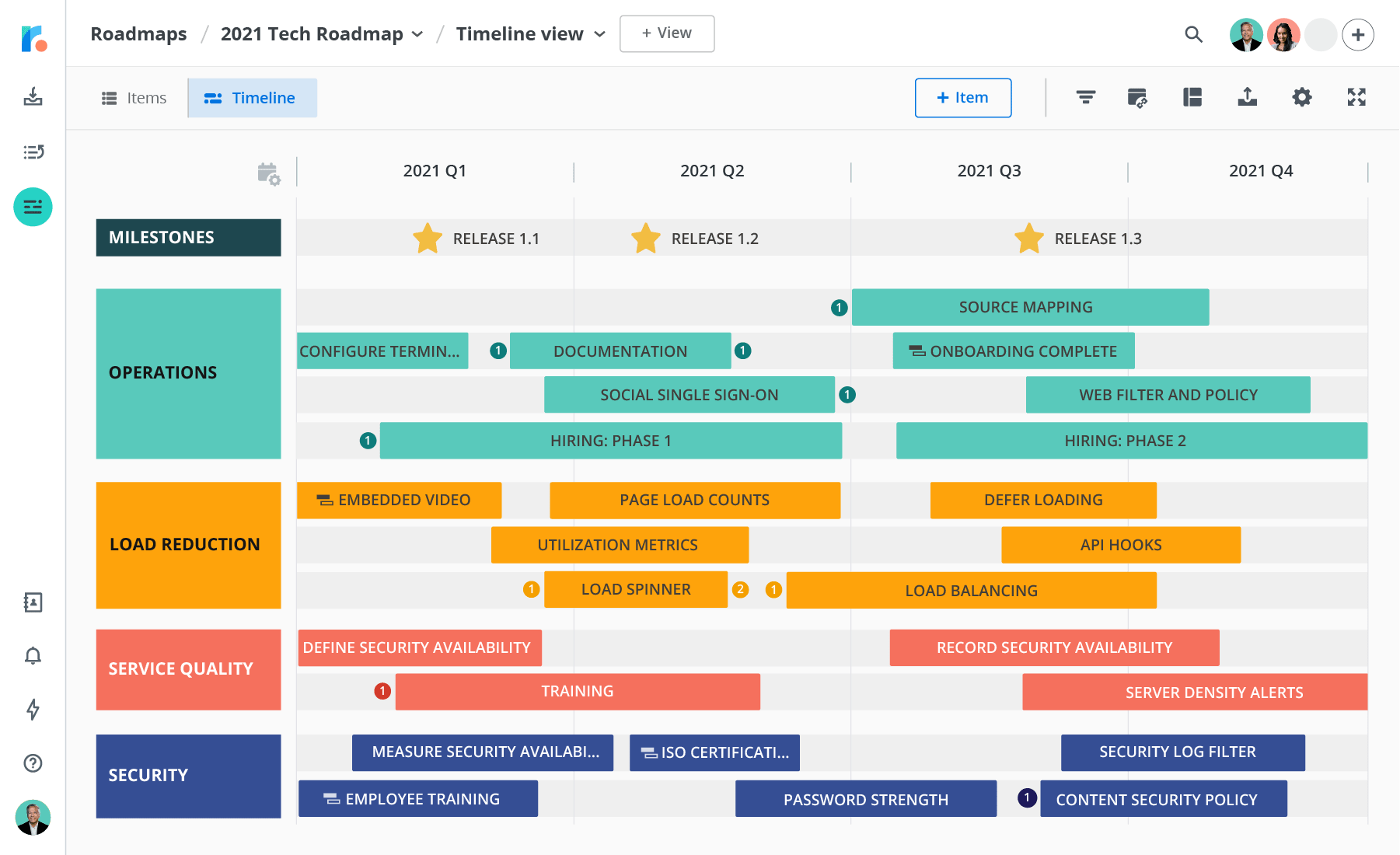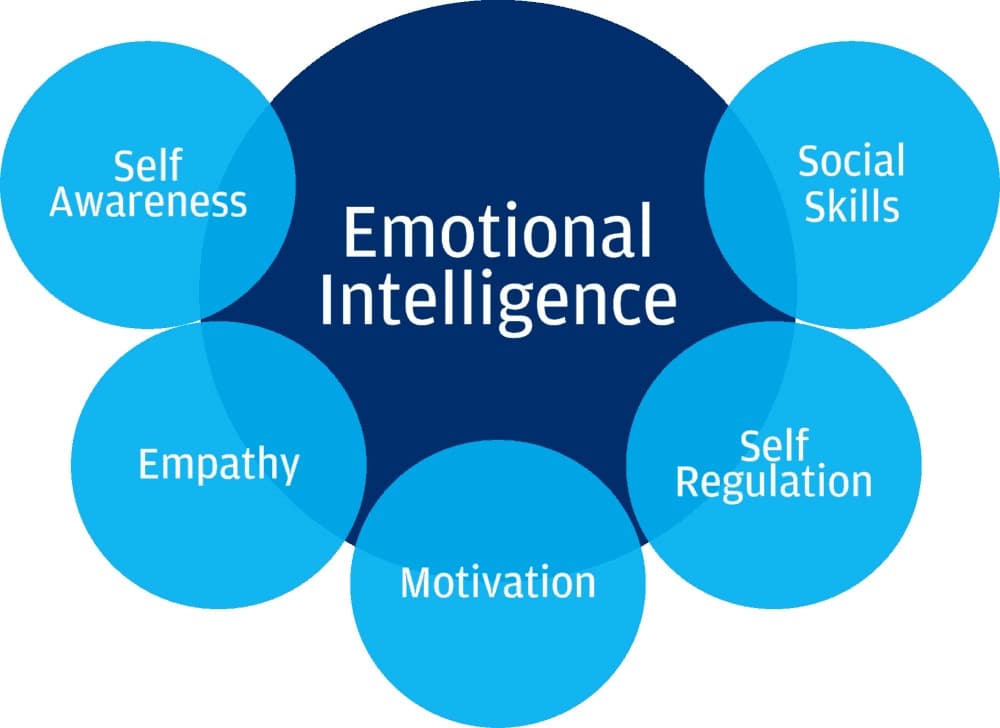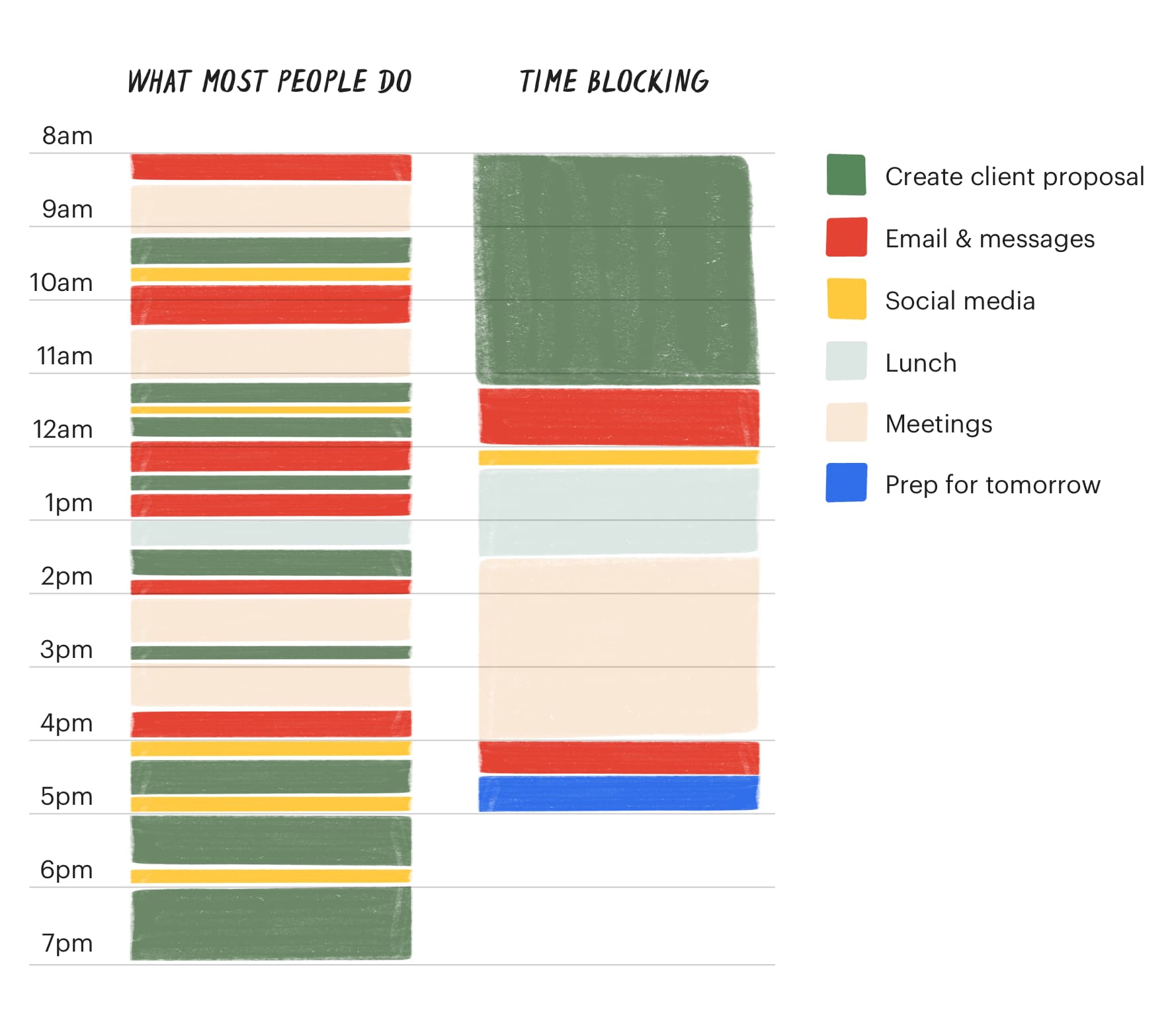12 Important Product Manager Skills You Need to Succeed

.png)

.png)
You wouldn’t become a surgeon if you didn’t know a single fact about anatomy. Yet aspiring surgeons aren’t born with an inherent ability to perform a posterior fossa decompression, either—it’s something they learn after years of studying the human body.
Product managers (or PMs) also study anatomy—the anatomy of a company’s products—to become experts. But tech skills aren’t the only thing PMs have in their repertoire. The most successful also continuously work on their people skills to innovate more efficient processes and more capable team members.
To succeed, product managers strive for improvement in an ever-changing and often complex industry. Let’s take a look at the hard and soft product management skills you need to take your skillset to the next level.
Product management may not be brain surgery, but it’s certainly not for dummies. PMs must educate themselves on the finer points of product development and management to excel in their positions, including:
A product manager determines what is and isn’t working for your product. You could use your gut to make decisions, but you’d have no way to know whether the road you didn’t travel would have produced a better result. Instead, you should design an A/B test to see if your choices perform better than their alternatives. The right experimentation lets you determine how well your features or design choices engage users, allowing you to save what works and purge what doesn’t.
A/B testing compares one version of a product, feature, or flow with another version that contains a single change, like a different image or a different CTA. A properly run A/B test lets you see which version performs best with users. It also enables you to pinpoint the cause of the performance changes since you’ve only altered a single component. A/B tests work best as an iterative process. First, you test different formats of a CTA. Then, you move on to the CTA’s color. Then, you try different versions of the CTA’s copy...and so on.
Testing allows you to vet different UX and UI optimizations that lead to better conversion rates, completion rates, or whatever you hope to encourage users to do. However, your test must be properly designed to produce reliable results. A good experiment has a solid hypothesis that includes a measurable goal to determine success. You also need to set it over a reasonable time frame with a decent sample size to ensure your data set is representative of your larger user base.

Start your own website to practice running A/B tests. A quick-and-easy solution like Wix comes cheaply and doesn’t require much effort for what you need to do with it. Once you have a site up and running, set up Google Analytics to collect your site data and Google Optimize to help you implement your tests. Then use a program like Excel or Sheets to organize your metrics and see how your experiments performed. Don’t forget to use those analytical skills of yours. Pay special attention to what the data tells you about your users and consider how you might use this data to improve your user experience.
When working as a product manager, you’ll likely use specifically designed product manager software. However, Google’s tools are free to use, making them perfect for PMs looking to build experience. (Bonus points: familiarity with Google Analytics is a marketable skill all on its own, so learning it now will help you later on.)
Companies covet a product manager who brings a coding skillset to the table. Your work won’t always be strictly technical, but understanding what your engineers and data scientists are saying and doing makes a huge difference.
Find out what coding languages your current or desired job requires. Companies use several coding languages out in the wild, and you should familiarize yourself with the ones most important to your product or field of work. JavaScript is easy to learn, and it’s used all across the web, making it a great place to start. Online platforms like Codeacademy or freecodecamp.org can help you work on your JavaScript chops and other coding languages.

You don’t need to become a coding wizard. Your job is not to write code. However, a basic knowledge of code will let you understand the work your technical team performs and communicate the nature of that work to the rest of your team. It’ll also help you understand the work the engineering team will need to put in to make your request a reality so you can budget time and resources appropriately.
Good product managers look beyond their product. They pay attention to what their existing users want and look for opportunities to expand into new target markets. They also keep an eye on their competitors to stay one step ahead of them.
Most of these skills come from experience. However, there are things even new product managers can do to prepare.
First, learn your field. Identify your target market, their major pain points, and your top competitors. Go where your target likes to hang out on the web to learn more about them. Relevant forums and social media websites are good places to start. While you cruise the web, look over your competitors’ websites, blogs, and reviews to discover what they and their customers say about their brand.
Early on, make a habit of keeping up to date with what is happening with your users and competitors. You’ll know what people want and what others are offering, which will eventually help you design the best product for the perfect product-market fit. It also pays to learn how to conduct more formal user research. This includes identifying the different research methodologies you can use to get insights from user data and how to use that knowledge to improve your product experience.
Great product managers are experts in every aspect of the product life cycle. You must also consider another process to become fully effective in your job: the user life cycle.The Product-Led Growth Flywheel is a user life cycle framework for investing in a product-led user experience to grow your business. It consists of four sequential user segments.
Each of these user segments must graduate through four stages for you to achieve proper growth.
The Flywheel framework forces you to prioritize your users. You move users through the stages of the customer journey to make the flywheel spin faster, nurturing them from initial awareness into your most dedicated product fans. The result? A positive feedback loop that drives acquisition and increases growth.

Mastery of the Flywheel model requires new product managers to start at the beginning—user onboarding. You should have a strong knowledge of how to onboard new users and transform them from evaluators to beginners as effectively as possible. From there, move on to other parts of the flywheel until you have all of the skills and knowledge you need to get users through their entire life cycle.
It pays for product managers to bolster their map-making skills—at least, their product roadmap-making skills. Why? Because your product strategy only works if your entire company adopts and adheres to it. While it may feel like you’re everywhere at once, you’re only one person. You can’t look over the shoulder of every single employee to make sure every decision they make is what’s best for your product.
A product roadmap lays out your product strategy and helps guide the development, release, and expansion of your product. Teams should refer to this timeline whenever questions arise surrounding the creation of new processes and solutions.
The product roadmap is the law of your product, and that makes you the enforcer. Even if you force everyone to tattoo your product roadmap to their bodies (please, don’t try to do this), people will still occasionally stray from it. You’ll still need to communicate with other departments to keep everything on the rails. However, you can point to your product roadmap for most questions that arise, saving you untold hours on explaining concepts that are readily available.

If you’re going to enforce product law at your company, you need to study up on what makes a good product strategy. Luckily, the Appcues blog is stocked with articles dealing specifically with product roadmaps and product management in general. To get started, consider reading these in-depth articles:
It’s in a product manager’s best interest to study up on the latest trends in onboarding. User onboarding makes or breaks a product—and an understanding of the basics should be considered one of the primary product manager skills. Your first-of-its-kind, game-changing product will crash and burn if users quit on it after five minutes because they can’t find their aha moment. You can’t expect to nurture casual users into big-spending power users if you don’t have users to begin with.
You don’t need to know how to code product tours from scratch to develop knockout onboarding tools that bring users directly to that moment of value. Tools like Appcues enable you to build code- and hassle-free product tours using UI/UX patterns like tooltips, modal windows, pins, and more. Familiarize yourself with the elements that make for a pleasant, value-centric product tour, and consider using Appcues to make a killer tour of your own.
Writing is one of the core product manager skills. A typical day for you might include writing:
Product managers are keepers of all product knowledge—and effective ones know how to keep team members up-to-date on what’s happening. You must provide comprehensive guidance to your design, engineering, and development teams to keep your product humming and the customers coming in. Poorly written information results in misaligned expectations and missed deadlines—and when deadlines are missed, everyone is unhappy.
At the very least, your product requirements document will require your best writing efforts. Your teams will refer to this document through the product life cycle to identify deliverables, specs, milestones, key performance indicators (KPIs), and more. The depth and breadth of the content often make writing it difficult. However, you can’t afford a middling effort when writing such an essential document. Anything less than clear, concise, and commanding language is a recipe for fundamental misunderstanding. If writing’s not your strong suit, don’t worry. An abundance of writing resources lives online, including options like:

Even an hour or two of dedicated learning will strengthen your writing and prepare you for the written rigors of product management.
Robots haven’t overtaken humans yet, so odds are you work with real human beings with real human problems. Exceptional book smarts won’t help you solve interpersonal disputes, so you need to sharpen these social skills to become an effective product manager.
Product managers have to strike a tricky balance between building a customer-centric product and creating something that makes their company money. Unfortunately, these two agendas don’t always align, so you need the appropriate skill set to negotiate between the competing interests.
Listen and empathize with both sides in a conflict and find common ground. Remind both parties that despite the immediate misalignment of objectives, everyone in the business works to achieve the same high-level goals. Not every resolution will appease both parties equally—and that’s okay. Products are complex, and so are people. The goal of these difficult conversations? Get both parties to compromise to move the project forward—and, if possible, learn to avoid such conflicts in the future.
You’ll likely require diplomacy in customer interactions, too, especially if they’re unhappy. Give the customer space to air their grievances, and then be prepared to offer solutions while not over-promising. Remember that it’s better to ask for a day to check your resources and think about a satisfactory resolution than to make rash decisions in the heat of the moment.
Product managers perform best when they practice:

Ultimately, you need to clearly articulate the big picture in a personable manner to motivate people. Charismatic and empathetic leaders inspire those around them to do their best work in support of their collective goals—making emotional intelligence one of the most desired skills for a product manager.
You need to sell your ideas to the people who can bring your vision to life—the engineers.
Julie Zhuo, former VP of product design at Facebook, states:
“Engineers make every good proposal real, and this fact should never, ever be forgotten. Even if your company has five, or five hundred, or five thousand engineers, engineers are not a ‘resource’. They are the builders of the foundations, the keepers of everything that makes your product tick.”
You need to understand how engineers think to sell your product idea effectively. Get comfortable discussing the technical aspects of your product to convey your product vision in a way that brings them on board.
Become your product’s biggest cheerleader, especially if you’re in a larger organization where you compete for your team’s time and talent. Storytelling is a powerful way to create support for your product. Combine anecdotal customer feedback and interviews with data-driven materials like market research and surveys to make a compelling case for your idea.
Finally, empathy for developers fosters productive dialog. As Zhuo points out, engineers are more than “just” a resource. Engineers are real people who have their own pain points and day-to-day conflicts. Show that you understand where they’re coming from to position yourself as a good partner.
You’ve heard it a thousand times: do what you do best, and delegate the rest. Unfortunately, few people follow this advice, which leads to inefficiency and stress.
Product coach and consultant Matt LeMay advocates delegating not only tasks but also responsibility. If you delegate tasks but insist on still being the go-to person for all decisions, you’re not really offloading your workload. Plus, you’re missing out on the opportunity to empower the people around you.
Product managers at startups especially should take this advice to heart. Startups often have fewer employees, which means work often consolidates amongst a few key people in decision-making positions. This process creates a martyr complex amongst these key people who continuously suffer untenable workloads because they believe they’re the only person capable of doing the work. You have to trust that your coworkers are capable, smart, and responsible enough to help with some of your product management responsibilities.
Delegation isn’t the only way to reduce your incredible workload. Products like Zapier automate mundane tasks and free up space for you to do the high-level thinking they pay you to do. If you work at a large enough company with sufficient demand and resources, you’ll want to consider adding a product ops team as your team develops and grows.

Product strategy requires both short-term and long-term goals. You must often make quick decisions based on these objectives—and you need to be able to back them up. You maintain awareness of overall company objectives and user needs, and that means you have to ask big questions and find big solutions, like:
A product-led growth strategy means leaning into your product when making these decisions. For product managers, this translates to even more reliance on the user experience. Understand how users interact with your product on a detailed level, and use that information to guide your choices as a PM.A lot of this comes from experience, but don’t worry if you’re a new product manager. Remember: there were likely circumstances when you had to exercise sound judgment in your past roles. Think about the factors that contributed to your decision and the outcome. Then, consider how you can apply those lessons to your work as a product manager. The company will rely on you and your ability to guide the product to future success.
You won’t have someone watching over your shoulder all the time as a product manager. Between strategy and daily tasks, you have to self-manage priorities and deadlines. You need the personal and product skills to autonomously run meetings, manage your time, and generally get. it. done.Consider building your schedule around blocks of dedicated work time instead of leaving your entire day open for meetings. Some projects require larger blocks of focused attention, so don’t leave yourself open for meetings at all times of the day (and night). You’ll leave yourself with only a few small chunks of work time that aren’t enough to get the momentum you need.

Speaking of meetings: employ your prioritization skills and be selective about the ones you do attend. Indiscriminately accepting every meeting invite you receive will only cause you to lose control of your schedule. Ask yourself:
To optimize your calendar, consider these same questions when you send meeting invites to others.
It’s understandable to balk at a list of this size. Sink hours of your time into professional development! you read, as if product management isn’t a full-time grind as it is.
But here’s the thing: investing in these skills now makes your job easier in the long run. Improved communication reduces snags and misunderstandings that delay development. Coding skills minimize the time you spend talking to engineers about a problem and maximize the time you spend together solving it. Dedicate a few hours a week to sharpening your less-polished skills and reap the time- and stress-saving benefits further down the line.
And don’t think for a moment you’re on your own when it comes to improving your PM skillset. Dozens of tools exist specifically to aid product managers as they juggle their myriad responsibilities. First, prioritize the development of the skills you think will be the most beneficial to your success. Then, find the digital tools that will help you strengthen these skills and develop a better product for your users and your company.
Unlock your potential with products from the ultimate PM tool stack.